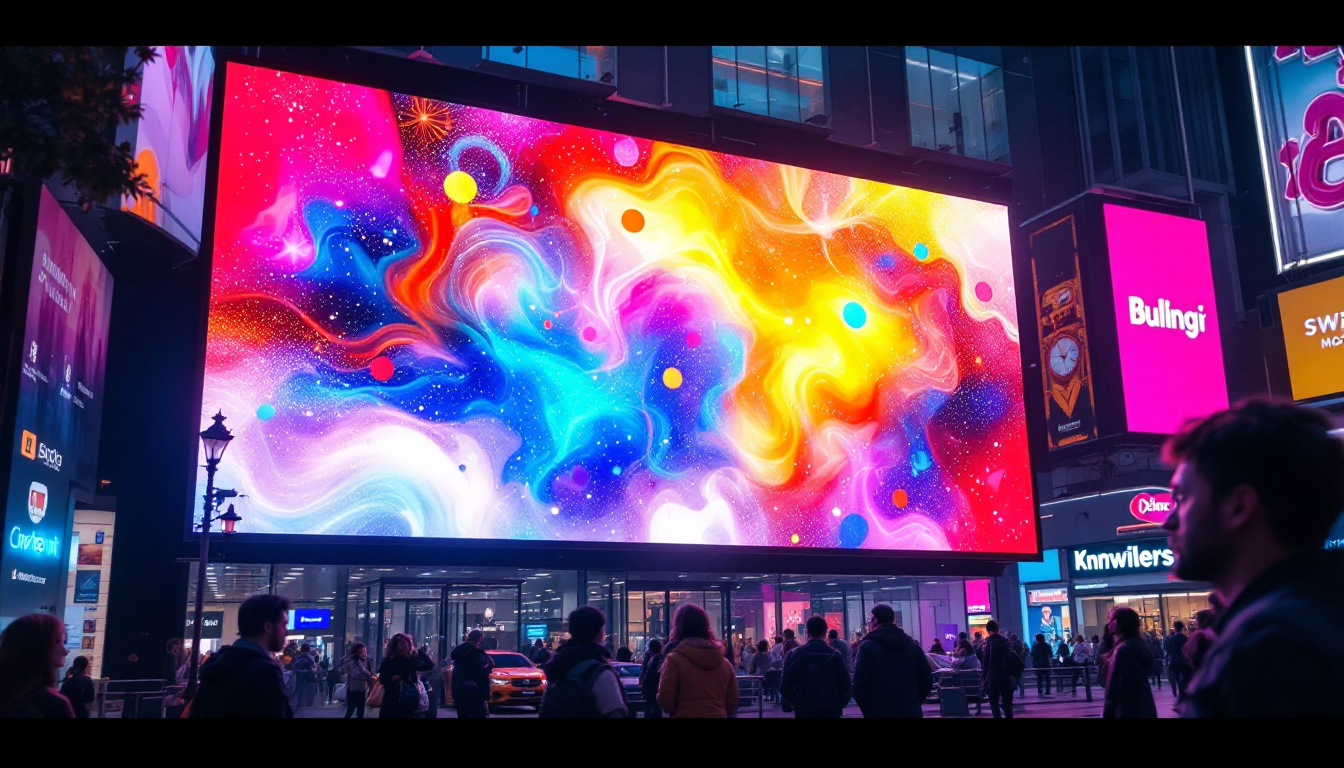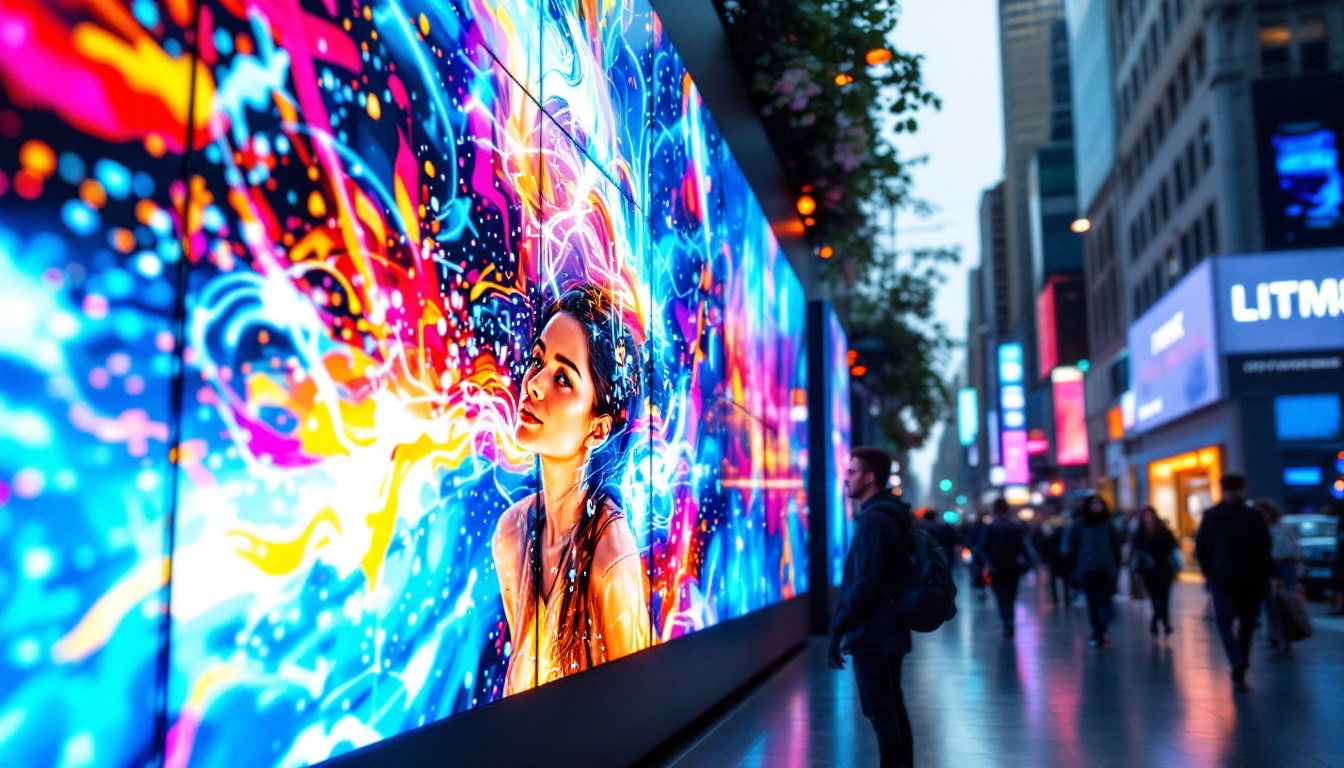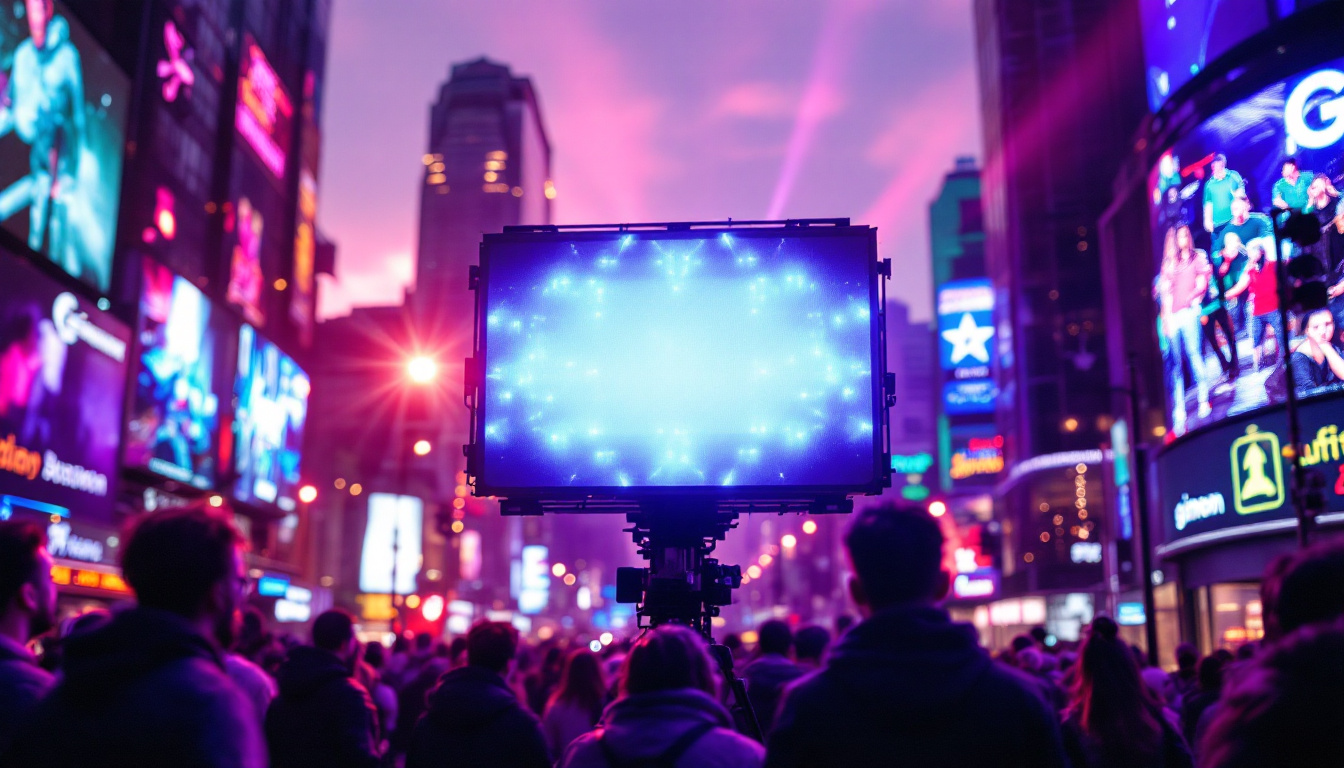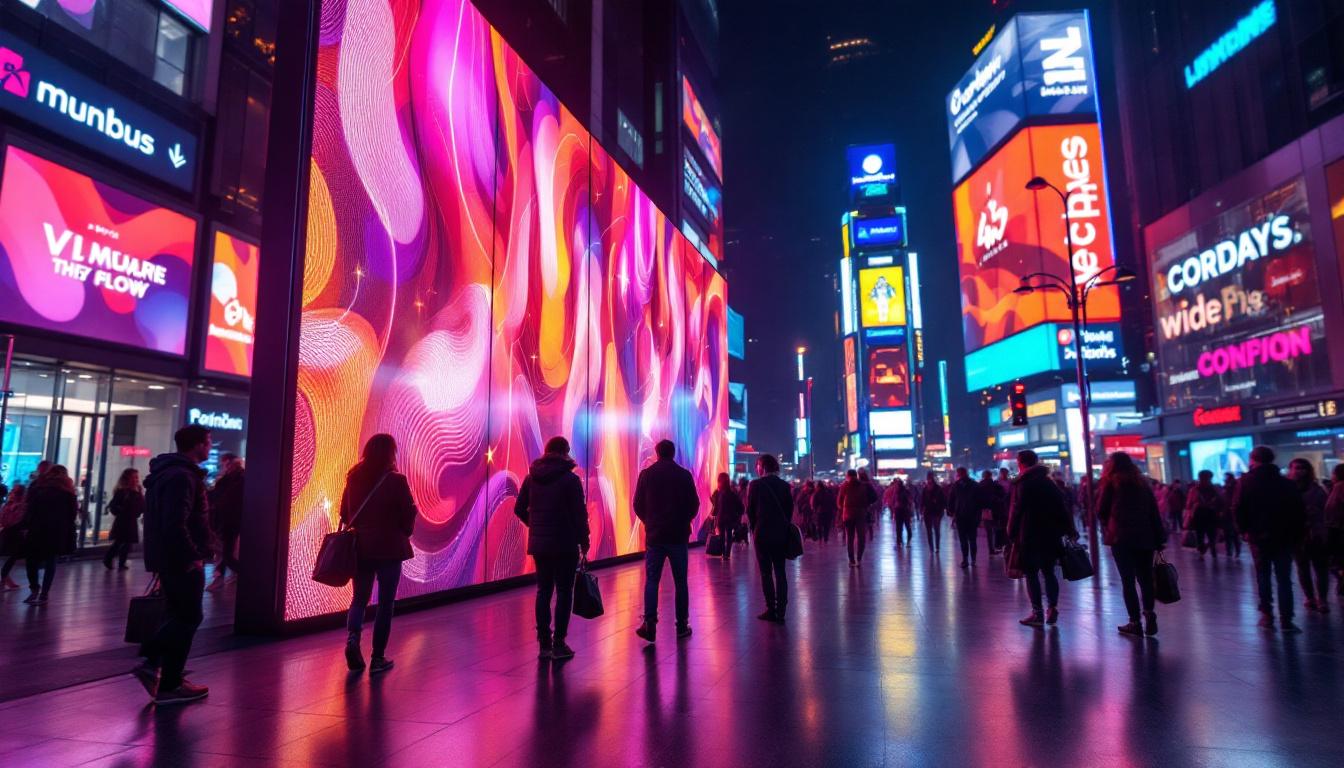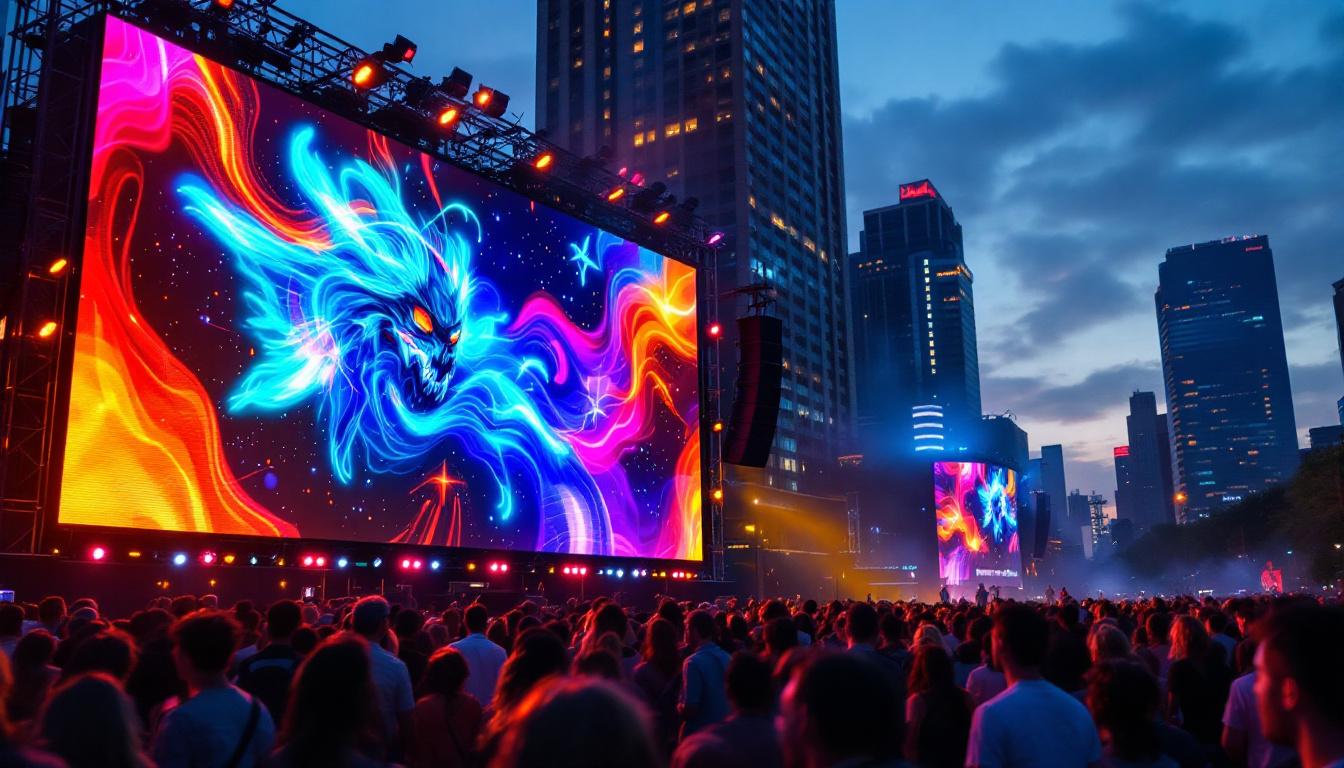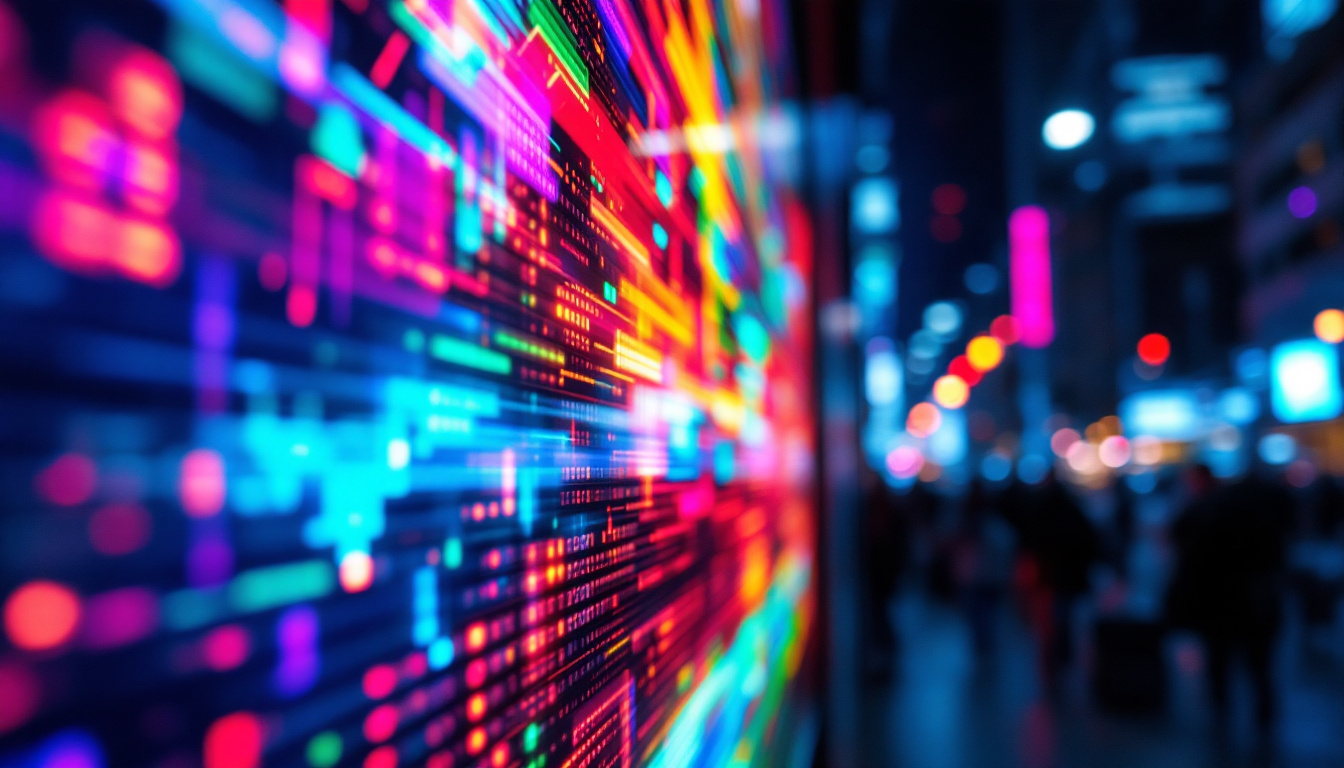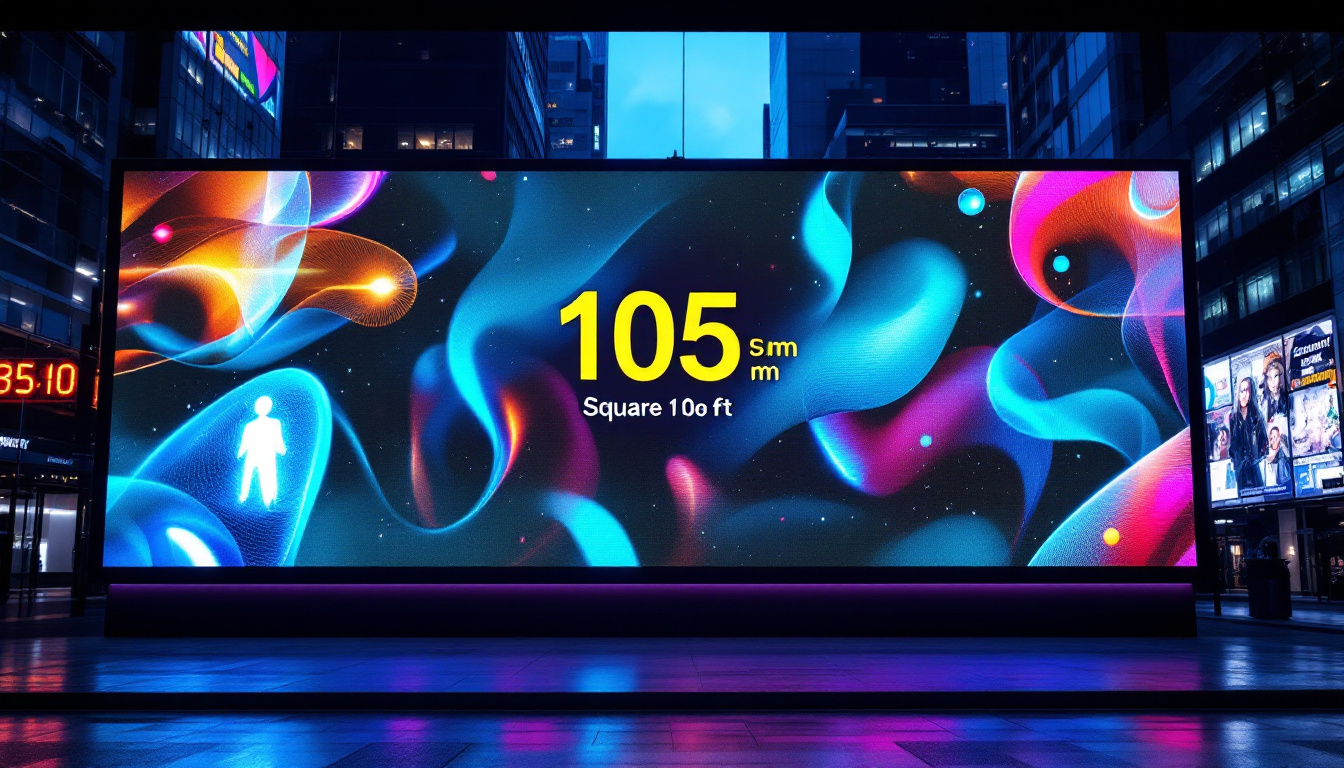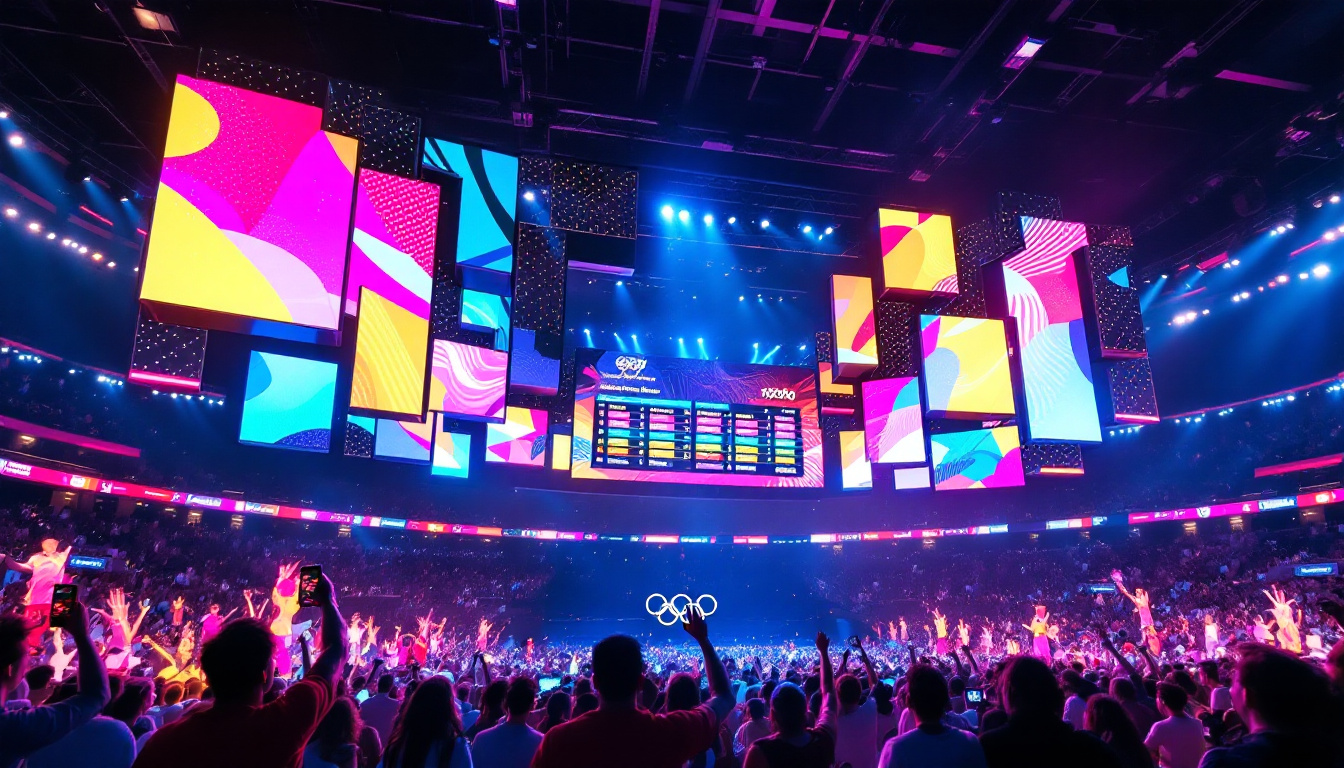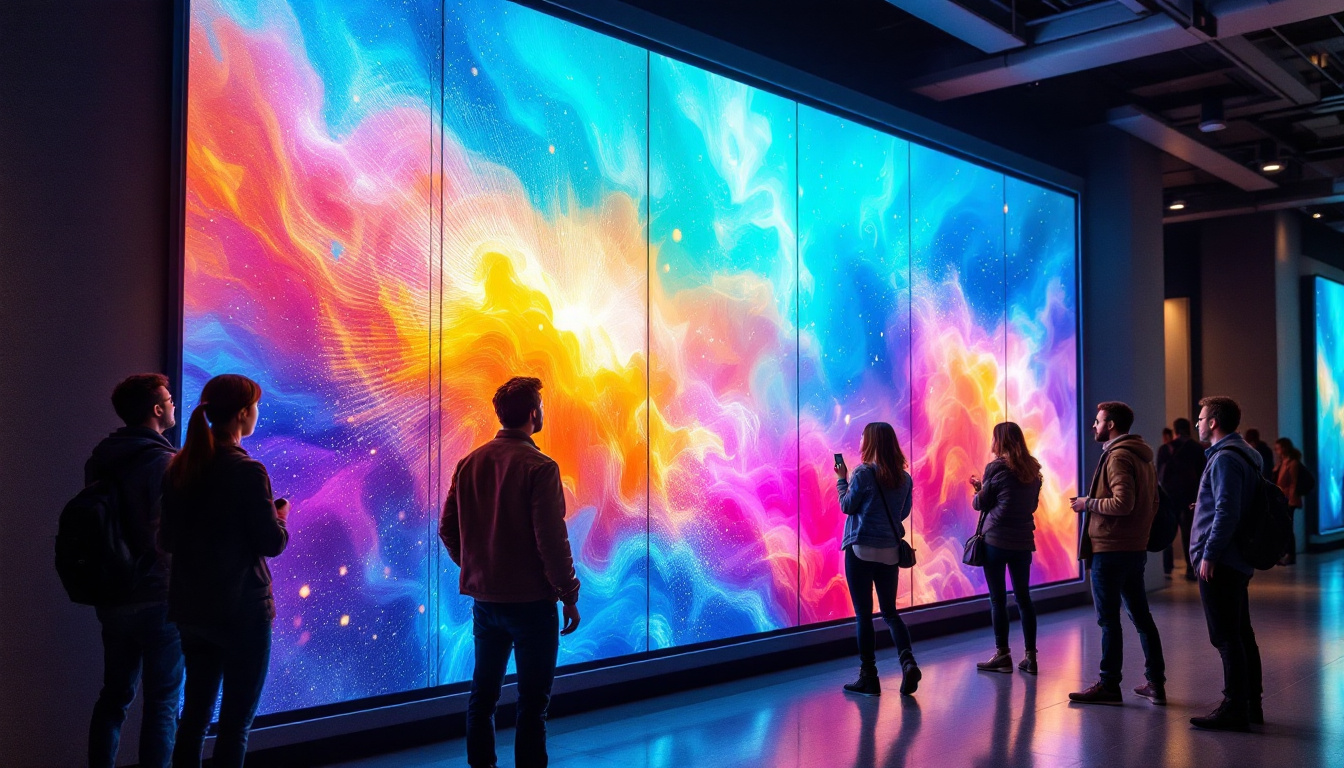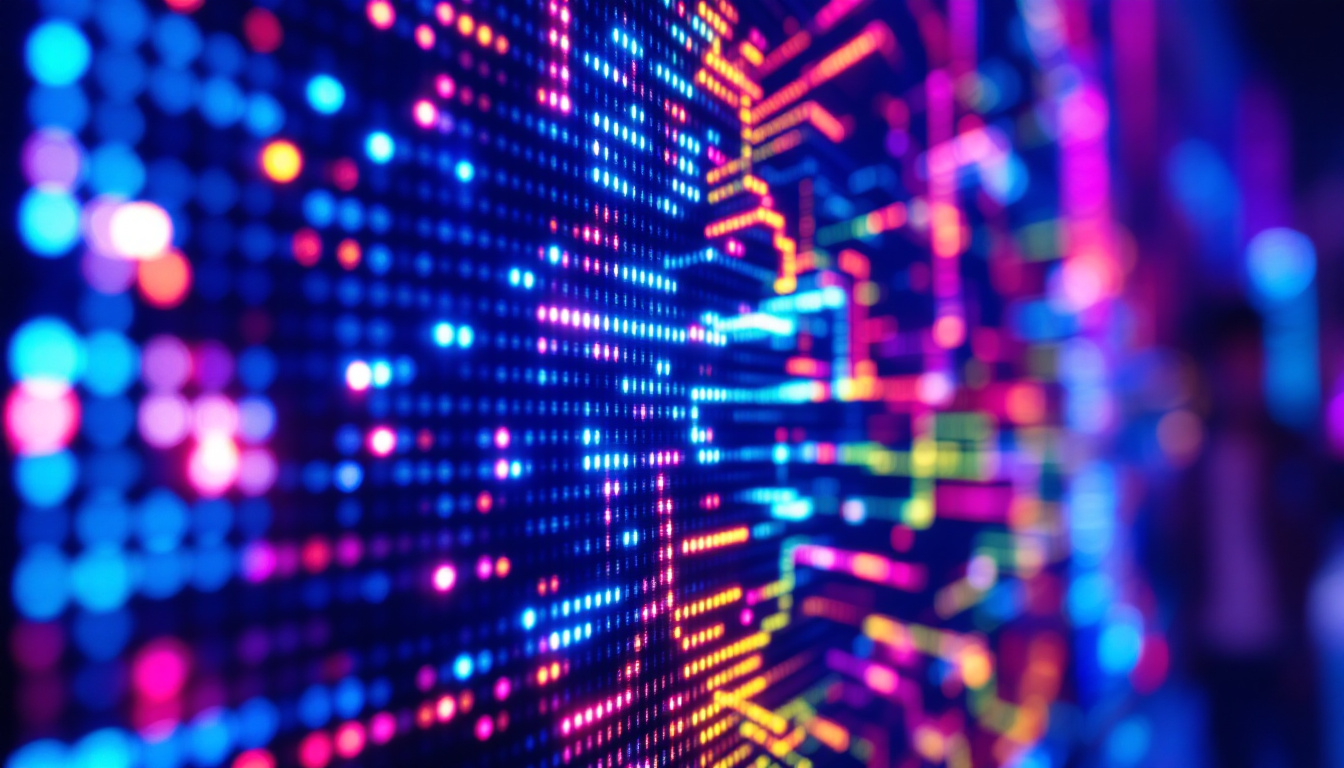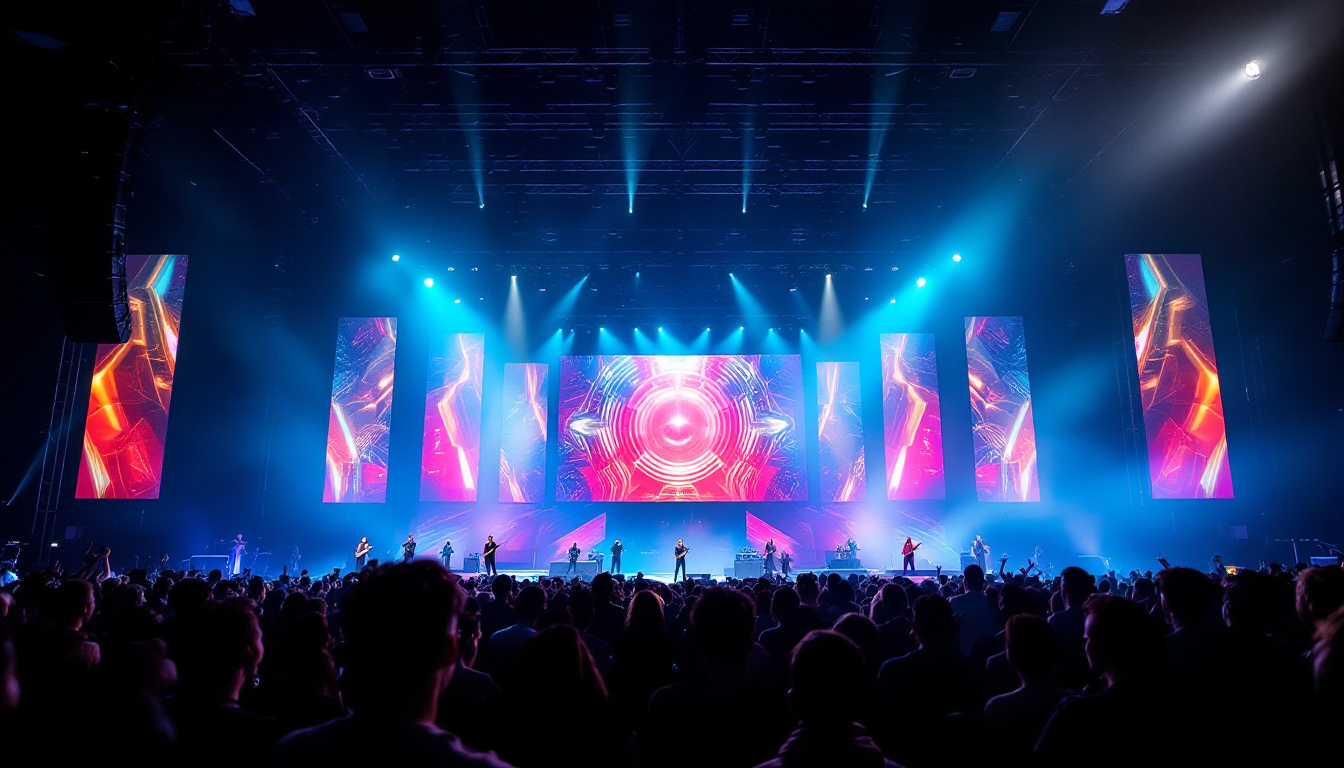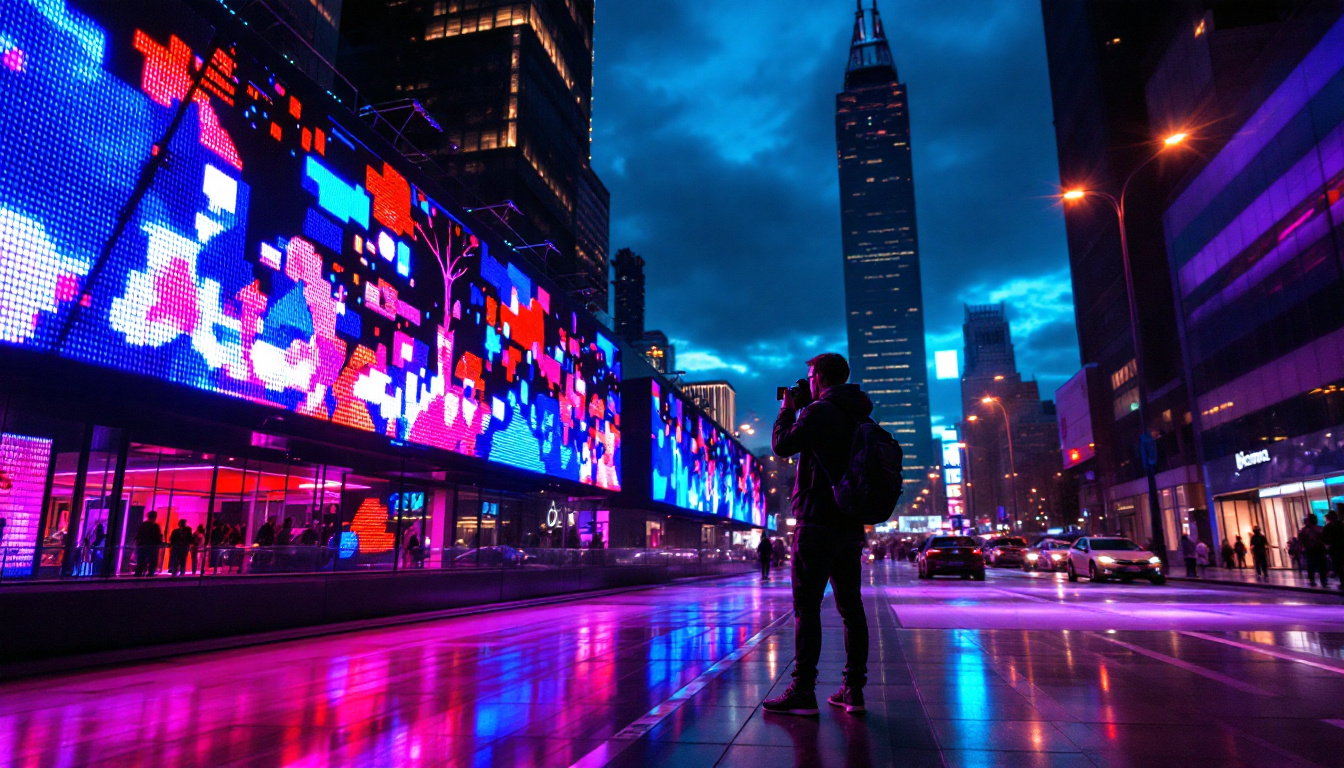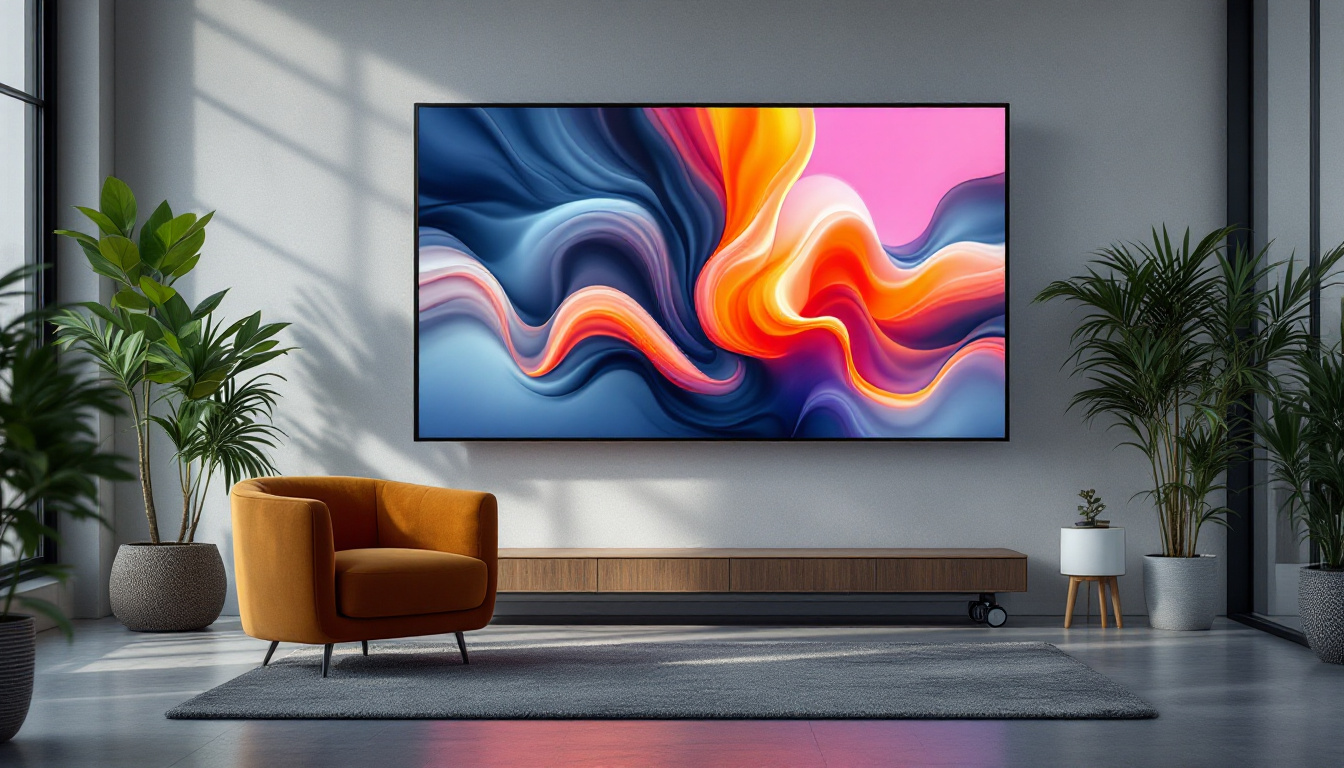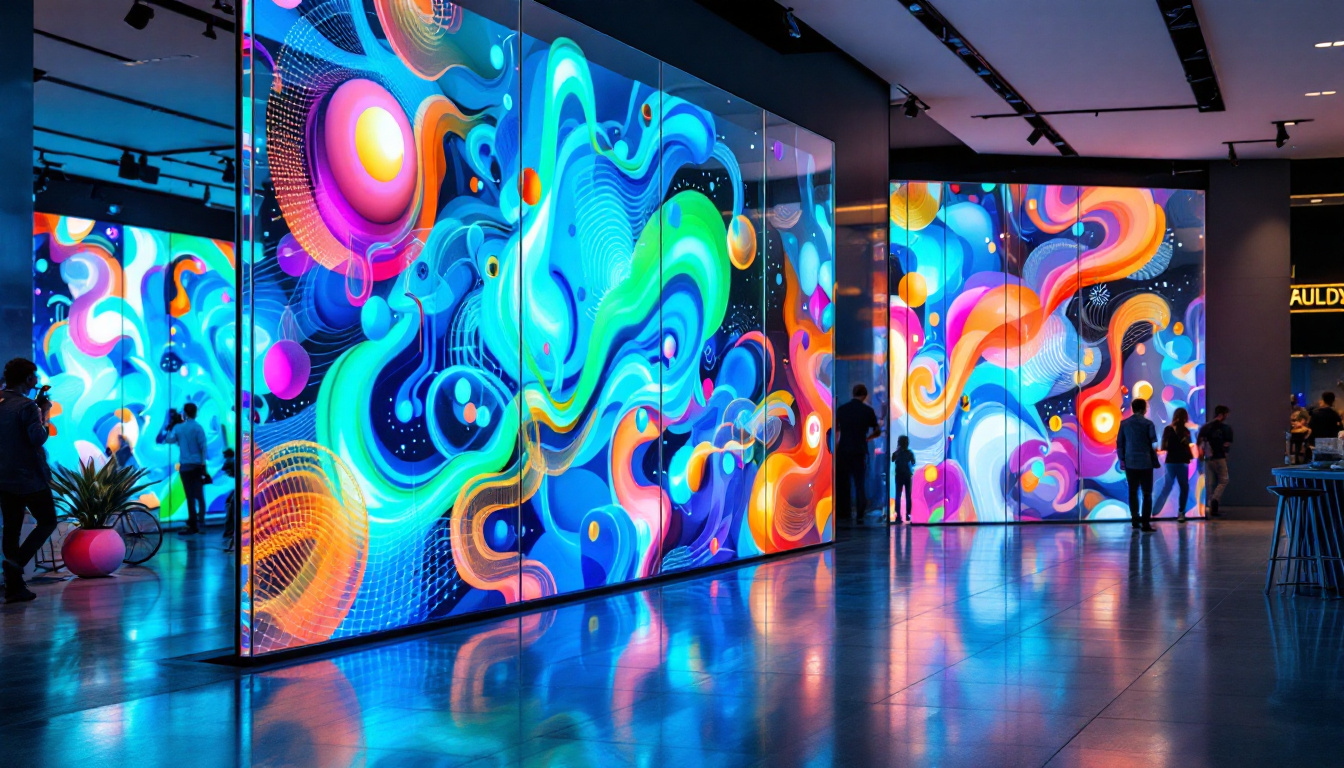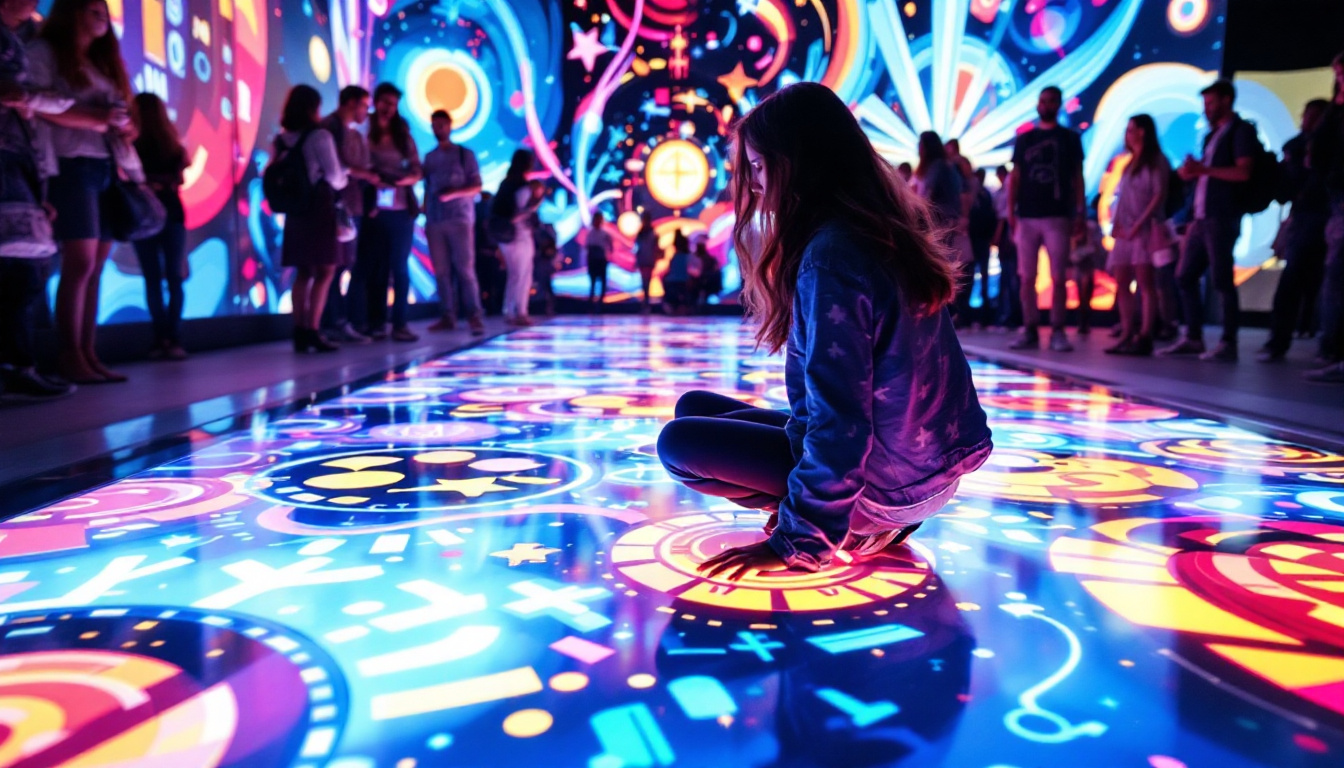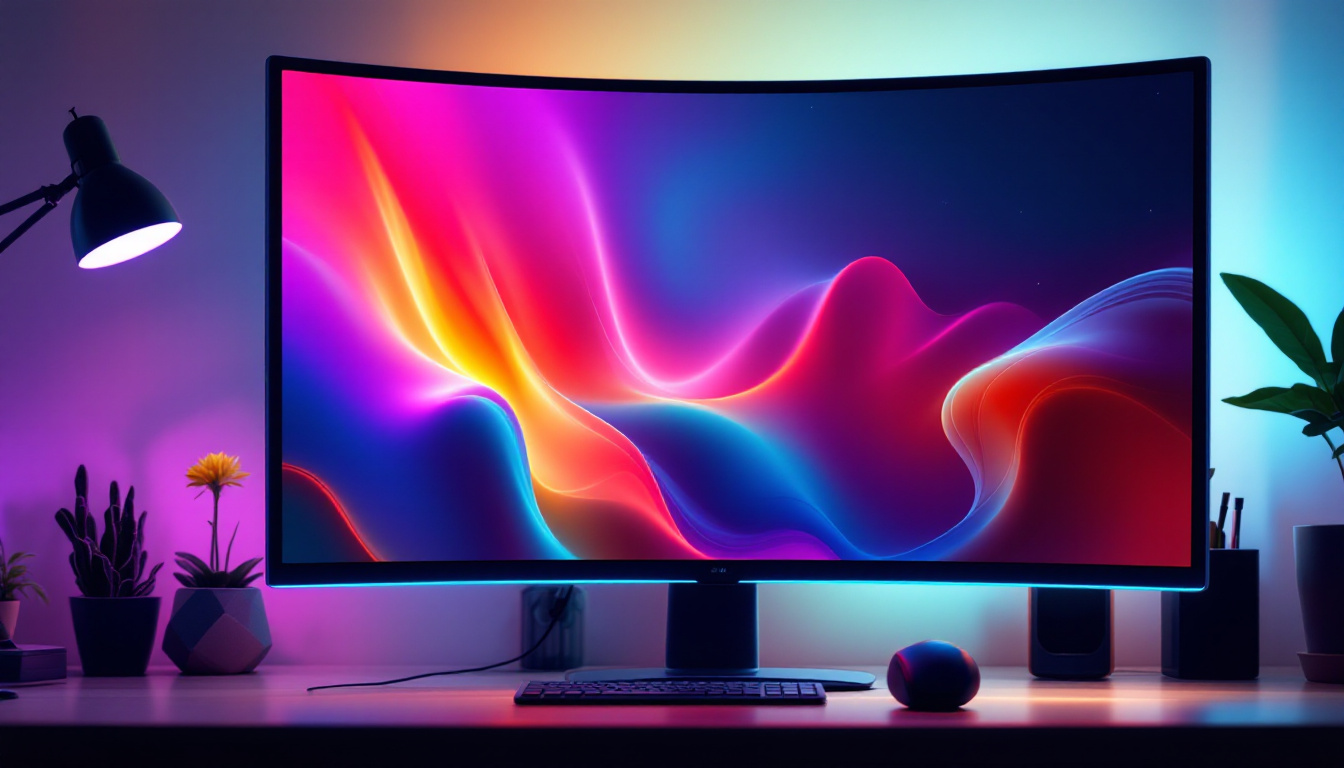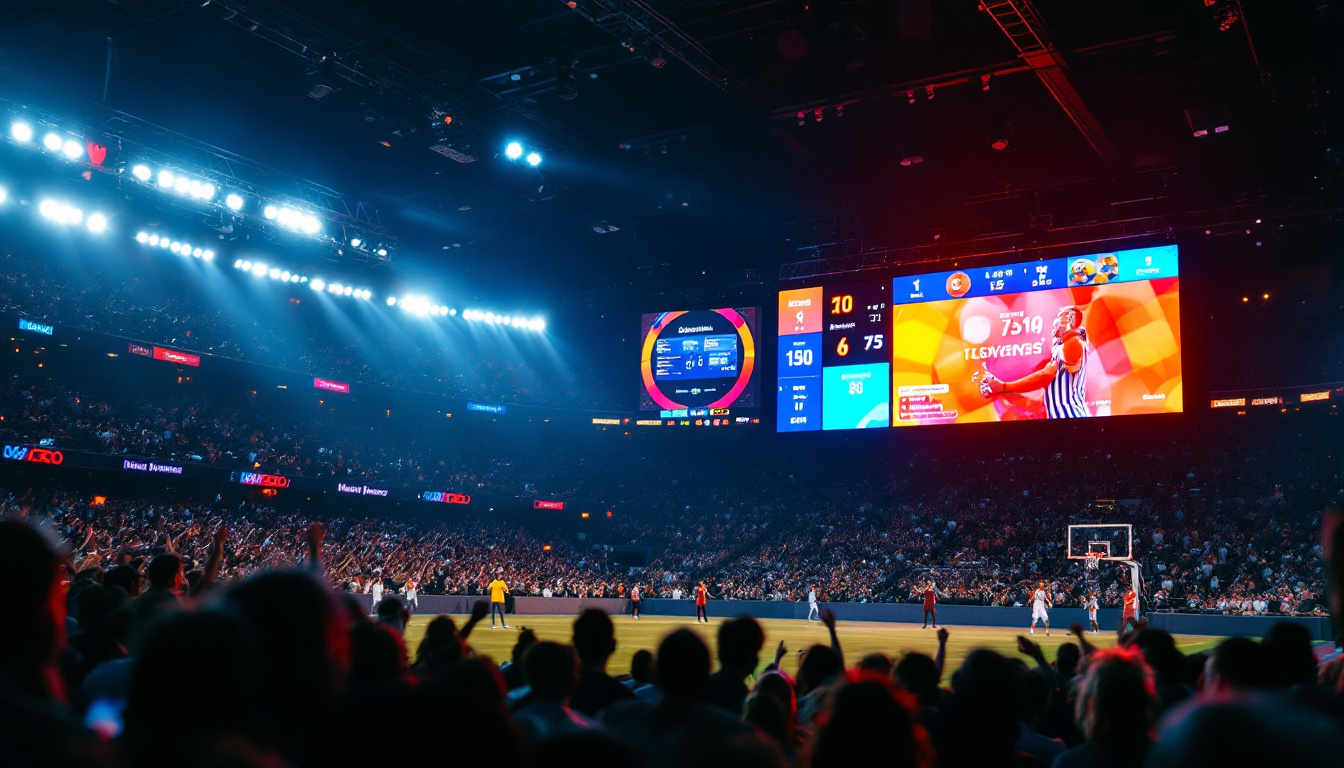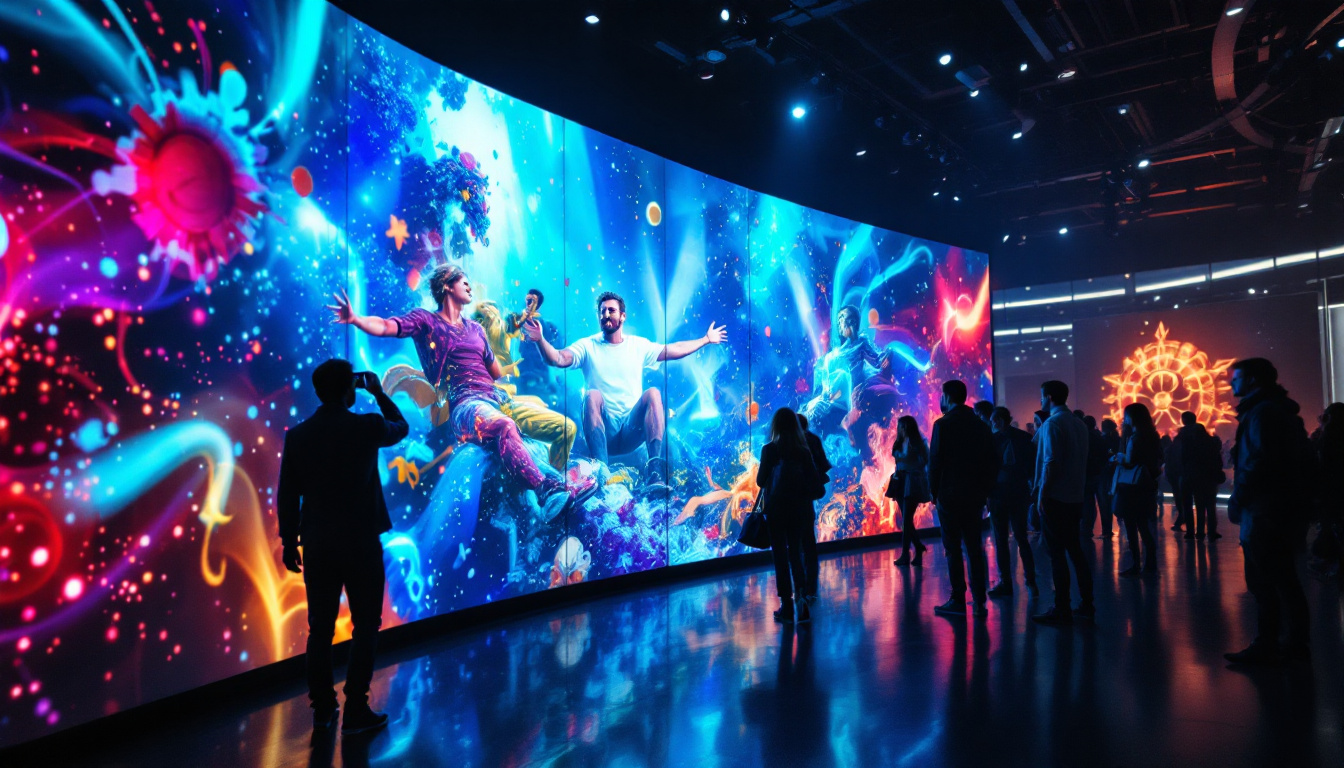The LED market has witnessed significant growth over the past decade, driven by technological advancements and increasing demand for energy-efficient lighting solutions. Among the various applications of LED technology, LED displays have emerged as a vital component in advertising, entertainment, and information dissemination. This article delves into the intricacies of LED displays, exploring their types, applications, and the factors driving their market growth.
Understanding LED Technology
Light Emitting Diodes (LEDs) are semiconductor devices that emit light when an electric current passes through them. Unlike traditional incandescent bulbs, LEDs are highly efficient, converting a larger portion of electricity into visible light. This efficiency, coupled with their long lifespan, makes LEDs a preferred choice in various applications. The energy savings associated with LEDs can be significant, often reducing energy consumption by up to 80% compared to incandescent bulbs. This not only lowers electricity bills but also contributes to a reduction in greenhouse gas emissions, making LEDs a more environmentally friendly lighting option.
How LED Displays Work
LED displays consist of an array of LEDs arranged in a grid format. Each LED can emit different colors, and by controlling the intensity of each LED, a wide range of colors can be produced. The combination of red, green, and blue (RGB) LEDs allows for the creation of full-color images and videos. The technology behind LED displays includes two primary types: direct view and backlit. In direct view LED displays, the LEDs are the primary light source, making them ideal for outdoor applications where visibility is crucial. Backlit LED displays, on the other hand, use LEDs to illuminate a liquid crystal display (LCD), which is commonly found in televisions and computer monitors. This distinction is essential for understanding the various applications of LED technology. Furthermore, advancements in LED technology have led to improvements in color accuracy and brightness, enhancing the overall viewing experience.
Types of LED Displays
LED displays can be categorized into several types based on their application and technology. The most common types include:
- Indoor LED Displays: These are designed for use in enclosed spaces, such as shopping malls, conference centers, and theaters. They typically have a higher pixel density, providing better image quality at close viewing distances. This makes them perfect for applications where detailed graphics and vibrant colors are essential, such as advertising and presentations.
- Outdoor LED Displays: Built to withstand harsh weather conditions, outdoor LED displays are used for billboards, sports arenas, and public information displays. They are designed to be highly visible even in bright sunlight, often featuring advanced technologies like automatic brightness adjustment to ensure optimal visibility at all times. These displays can also be equipped with protective casings to guard against moisture and dust.
- Transparent LED Displays: These innovative displays allow light to pass through, making them ideal for retail environments where visibility of products behind the screen is essential. They create a striking visual effect, allowing brands to engage customers without obstructing their view of merchandise, thus enhancing the shopping experience.
- Flexible LED Displays: As the name suggests, these displays can be bent and shaped to fit various surfaces, offering creative possibilities for designers and advertisers. Flexible LEDs open up new avenues for creative installations, enabling curved screens and unique display shapes that can adapt to architectural features or artistic designs.
Applications of LED Displays
LED displays have found applications across various sectors, each leveraging the technology’s unique advantages. From advertising to entertainment, the versatility of LED displays is evident in their widespread use.
Advertising and Marketing
One of the most prominent applications of LED displays is in advertising. Billboards and digital signage have transformed the way brands communicate with consumers. The ability to change content dynamically allows advertisers to target specific demographics and adapt messages in real-time. This flexibility not only enhances engagement but also maximizes the impact of marketing campaigns.
Moreover, LED displays can be programmed to showcase vibrant visuals and animations, capturing the attention of passersby more effectively than static displays. As a result, businesses are increasingly investing in LED technology to boost their visibility and brand presence.
Entertainment Industry
The entertainment industry has also embraced LED displays, utilizing them in concerts, theaters, and sporting events. Large-scale LED screens provide immersive experiences, enhancing the visual appeal of performances. In concerts, for example, LED displays can be synchronized with music, creating a captivating atmosphere for audiences.
Additionally, LED technology is employed in film production, where LED panels are used for lighting and backdrop effects. This application not only improves the quality of visual content but also reduces energy consumption, aligning with the industry’s growing emphasis on sustainability.
Information Dissemination
LED displays play a crucial role in disseminating information in public spaces. From transportation hubs to educational institutions, these displays are used to convey real-time updates, schedules, and important announcements. For instance, airports utilize LED screens to display flight information, ensuring passengers are well-informed.
In educational settings, LED displays can enhance learning experiences by presenting interactive content. This application fosters engagement among students and facilitates a more dynamic learning environment.
Market Trends and Growth Drivers
The LED display market is experiencing robust growth, driven by several factors that are reshaping the landscape of visual communication. Understanding these trends is essential for stakeholders looking to navigate this dynamic market.
Technological Advancements
Continuous advancements in LED technology are a significant driver of market growth. Innovations such as higher pixel density, improved color accuracy, and enhanced energy efficiency are making LED displays more appealing to consumers. Furthermore, the development of smart LED displays, which can integrate with IoT devices, is opening new avenues for interactive advertising and information sharing.
As manufacturers invest in research and development, the introduction of next-generation LED displays is expected to further elevate the market. These advancements not only enhance user experience but also contribute to the overall efficiency of LED technology.
Growing Demand for Energy-Efficient Solutions
With increasing awareness of environmental issues, there is a growing demand for energy-efficient solutions across various sectors. LED displays are known for their low energy consumption compared to traditional lighting solutions. This characteristic is particularly appealing to businesses looking to reduce operational costs and minimize their carbon footprint.
Governments and organizations are also implementing regulations and incentives to promote energy-efficient technologies, further driving the adoption of LED displays. As sustainability becomes a priority, the LED market is poised for continued growth.
Expansion of Smart Cities
The global trend towards smart cities is another factor contributing to the growth of the LED display market. As urban areas evolve, the integration of technology in public spaces is becoming increasingly common. LED displays are being utilized for smart signage, traffic management, and public information systems, enhancing the overall efficiency of urban infrastructure.
Smart cities leverage data to improve the quality of life for residents, and LED displays play a vital role in this transformation. The ability to provide real-time information and dynamic content makes LED displays an essential component of modern urban planning.
Challenges Facing the LED Display Market
Despite the promising growth prospects, the LED display market faces several challenges that stakeholders must navigate. Understanding these challenges is crucial for developing effective strategies to overcome them.
High Initial Costs
One of the primary challenges in the LED display market is the high initial investment required for purchasing and installing LED technology. While the long-term benefits, such as energy savings and durability, often outweigh the initial costs, many businesses may hesitate to invest in LED displays due to budget constraints.
To address this challenge, manufacturers are exploring ways to reduce production costs and offer more affordable solutions. Additionally, financing options and leasing agreements can make LED displays more accessible to a broader range of businesses.
Competition and Market Saturation
The LED display market is becoming increasingly competitive, with numerous players entering the space. This saturation can lead to price wars and reduced profit margins for manufacturers. To remain competitive, companies must differentiate their products through innovation, quality, and customer service.
Moreover, as technology evolves, staying ahead of market trends and consumer preferences is essential for sustained growth. Companies that can adapt to changing demands will be better positioned to succeed in this dynamic landscape.
The Future of LED Displays
The future of LED displays looks promising, with continued advancements in technology and growing demand across various sectors. As the market evolves, several key trends are expected to shape the landscape of LED displays.
Integration with Augmented and Virtual Reality
As augmented reality (AR) and virtual reality (VR) technologies gain traction, the integration of LED displays with these technologies is anticipated to enhance user experiences. For instance, LED displays can be used as immersive backdrops in VR environments, creating more engaging and interactive experiences for users.
This integration can also extend to advertising and marketing, where AR applications can overlay digital content onto physical LED displays, providing unique and captivating experiences for consumers.
Increased Customization and Personalization
As consumer preferences evolve, the demand for customized and personalized content is on the rise. LED displays offer the flexibility to adapt messages based on audience demographics, time of day, and location. This capability allows businesses to create targeted advertising campaigns that resonate with specific audiences.
Furthermore, advancements in data analytics and machine learning will enable companies to gather insights into consumer behavior, allowing for even more tailored content delivery through LED displays.
Focus on Sustainability
As sustainability continues to be a global priority, the LED display market is likely to see an increased emphasis on eco-friendly practices. Manufacturers are expected to adopt sustainable production methods, and businesses will seek out energy-efficient solutions that align with their environmental goals.
In conclusion, the LED display market is poised for significant growth, driven by technological advancements, increasing demand for energy-efficient solutions, and the expansion of smart cities. While challenges such as high initial costs and market saturation exist, the future of LED displays remains bright, with opportunities for innovation and enhanced user experiences on the horizon.
Discover Cutting-Edge LED Displays with LumenMatrix
As you consider the future of LED displays and the transformative impact they can have on your business, LumenMatrix stands at the forefront of innovation. With a comprehensive range of solutions from Indoor LED Wall Displays to Custom LED Displays and LED Transparent Displays, LumenMatrix is committed to revolutionizing visual communication. Whether you’re looking to captivate audiences, enhance brand visibility, or create immersive visual experiences, our LED display modules are designed to meet your needs. Check out LumenMatrix LED Display Solutions today and empower your business to communicate with impact and precision.

